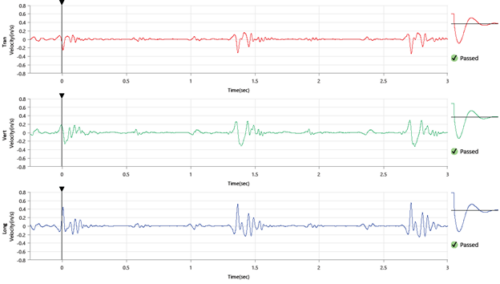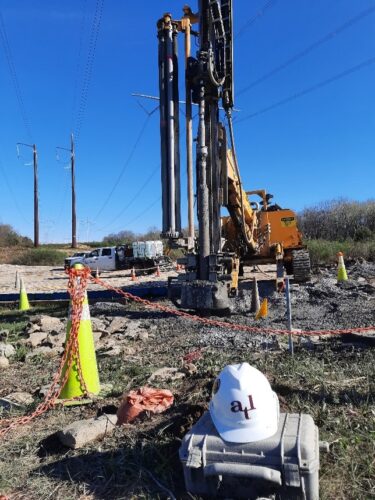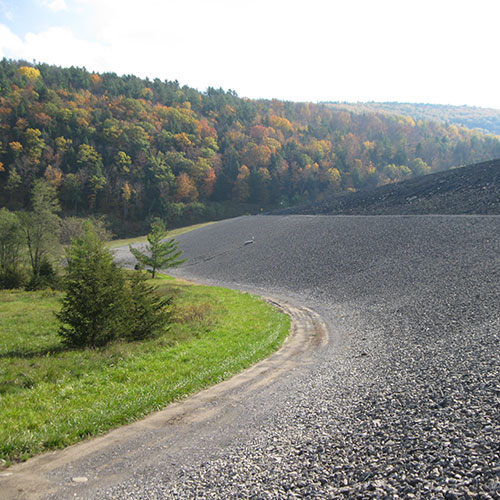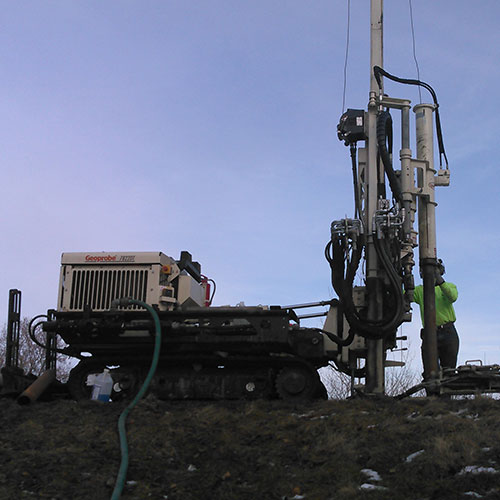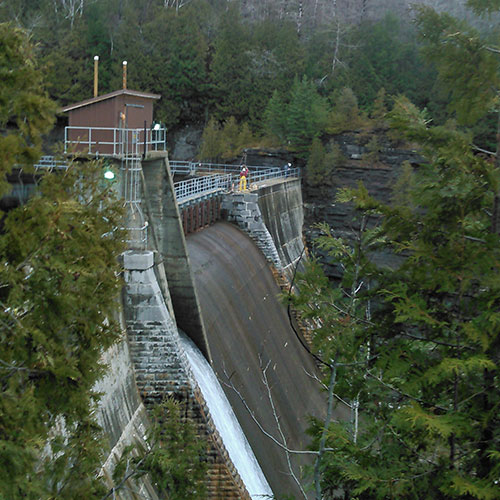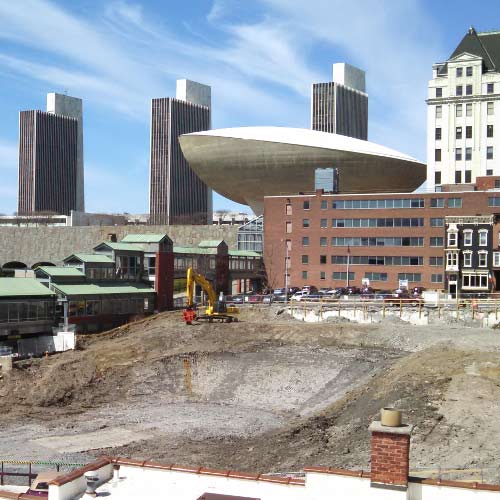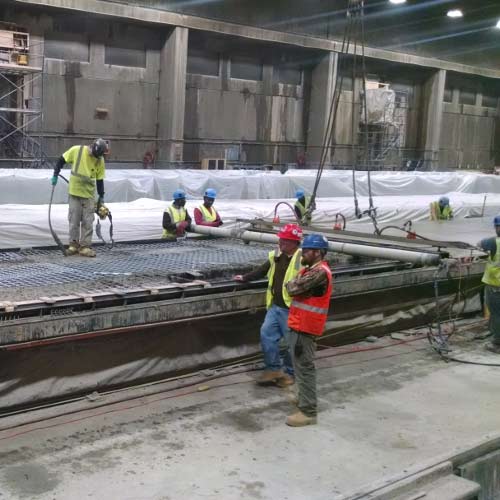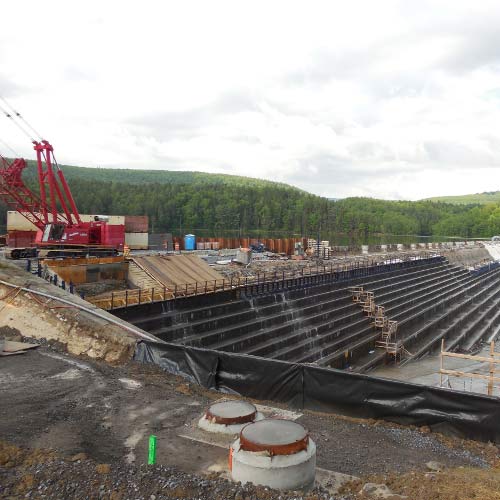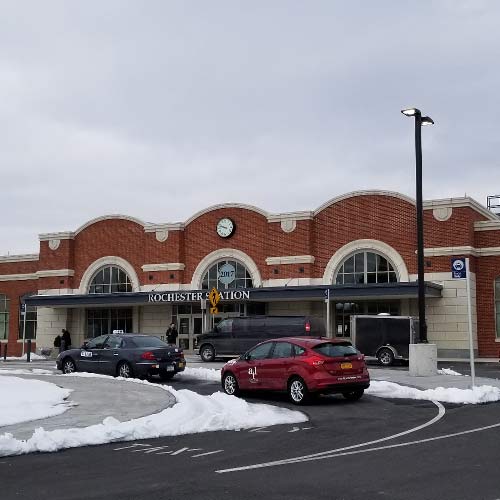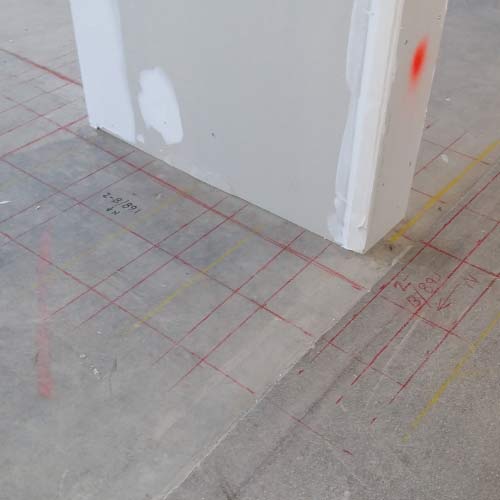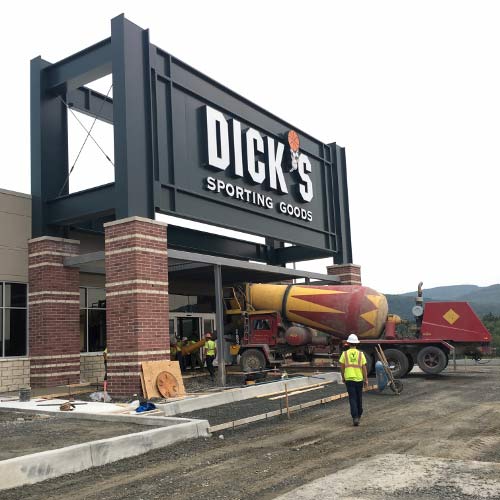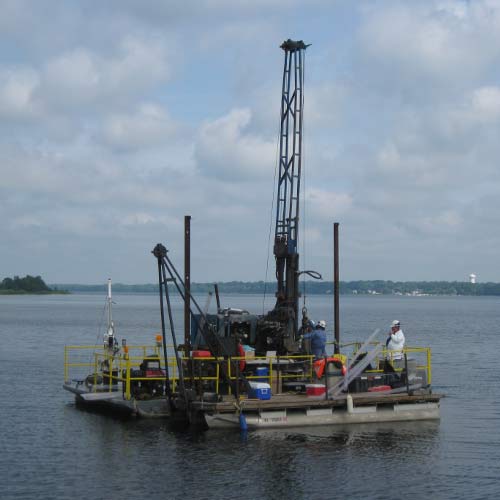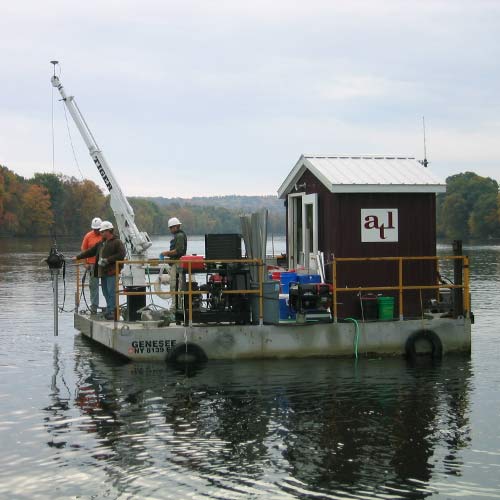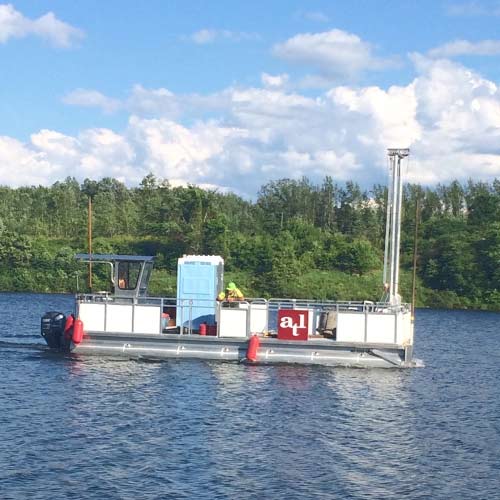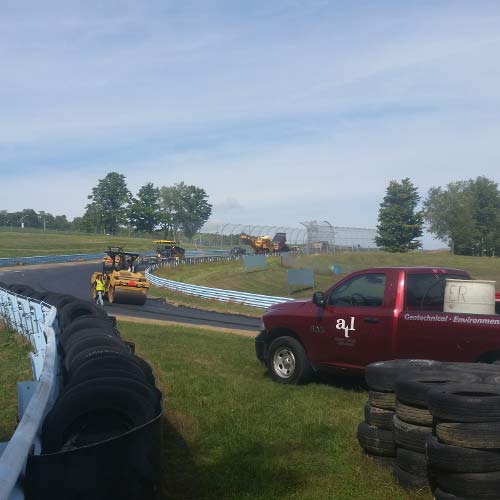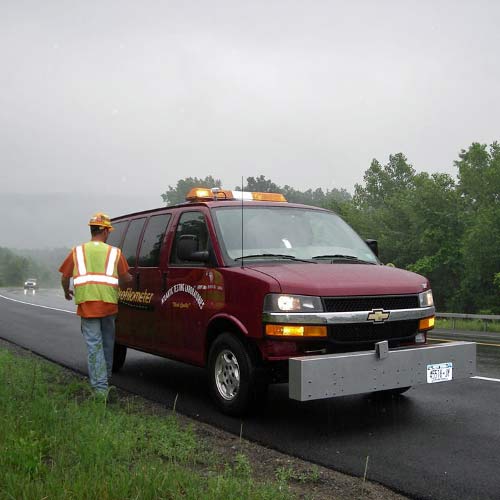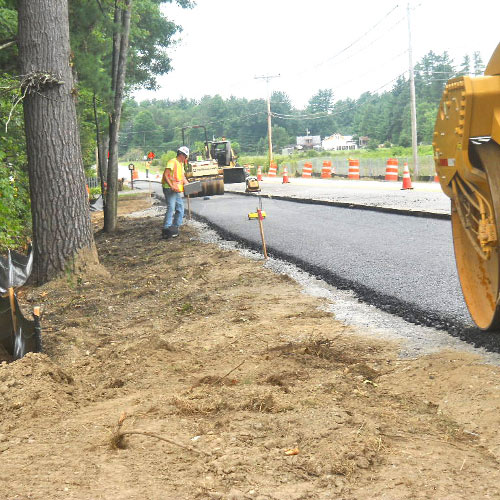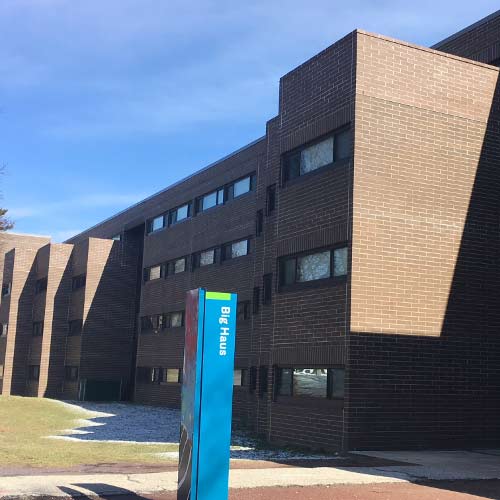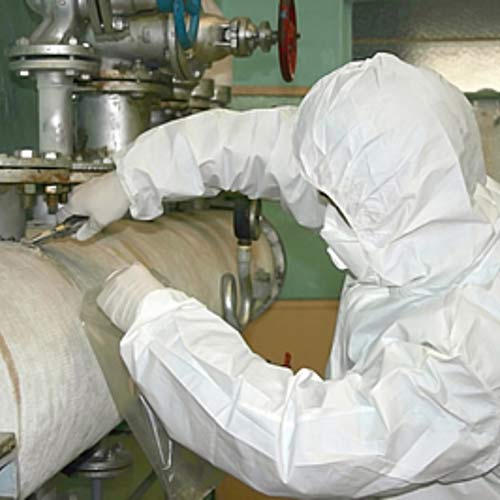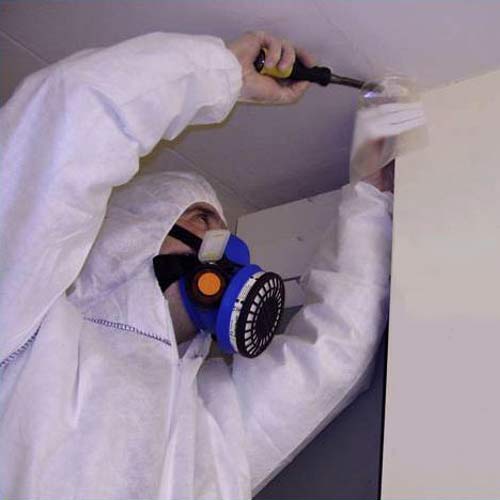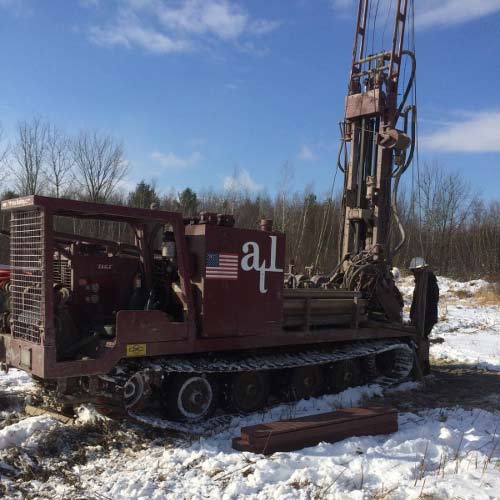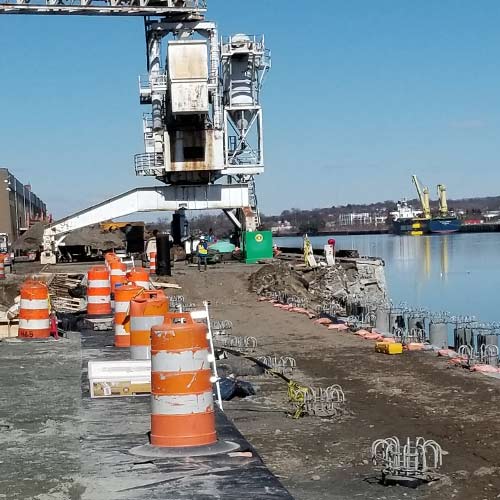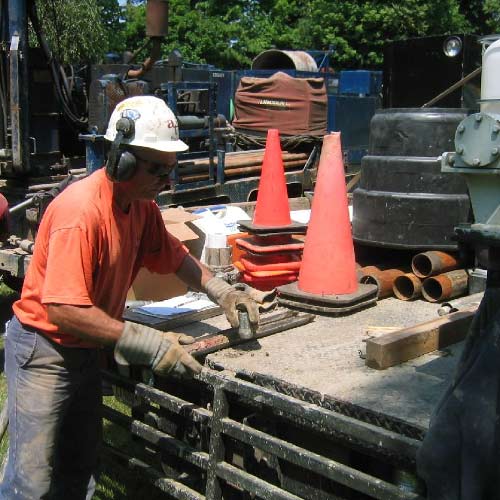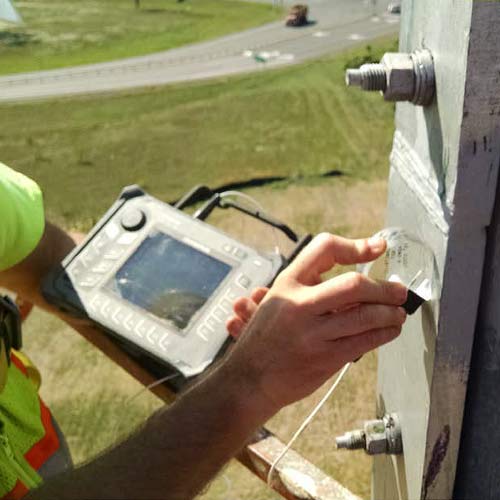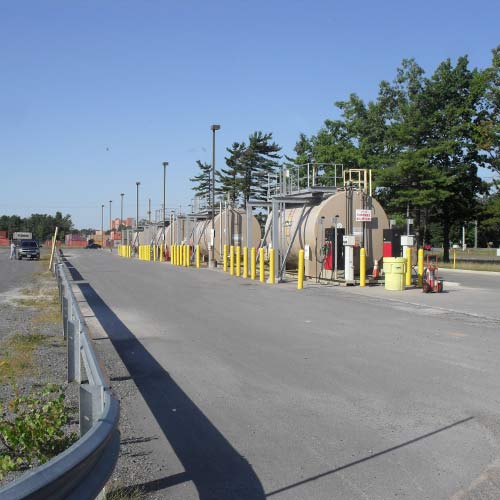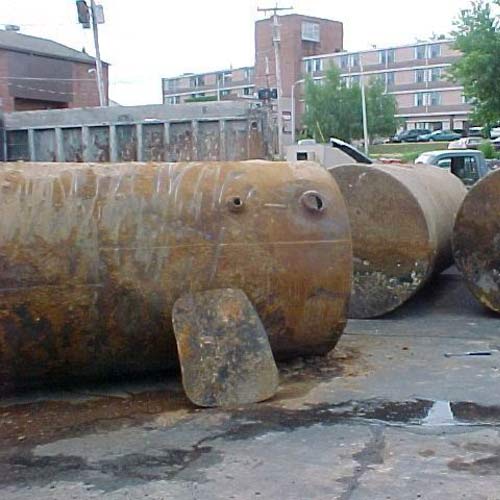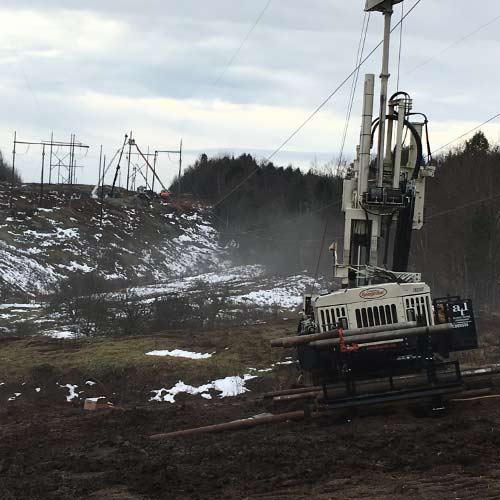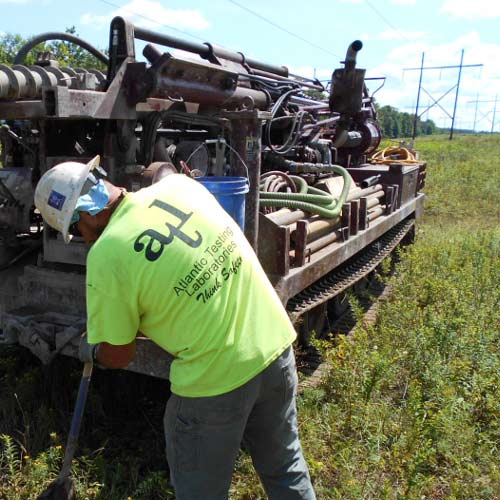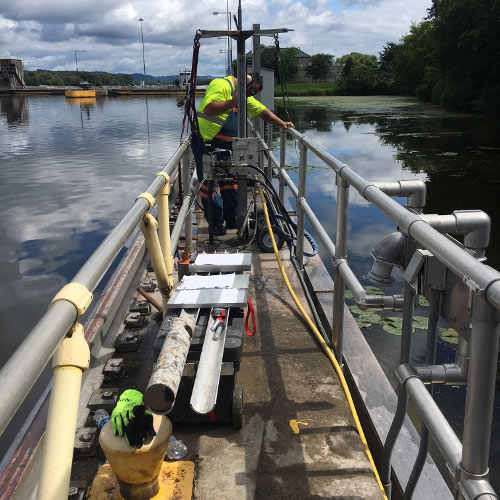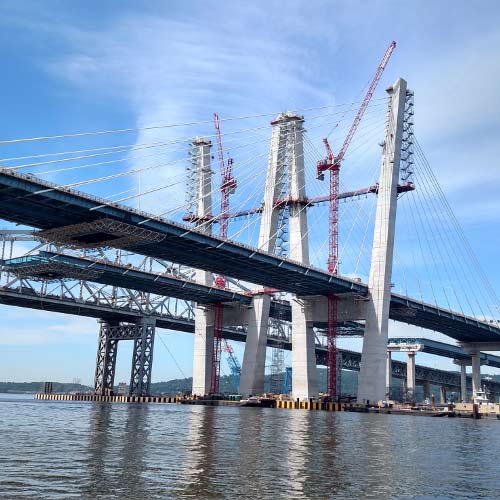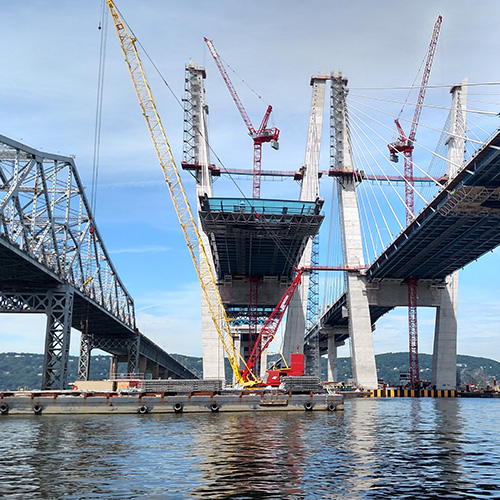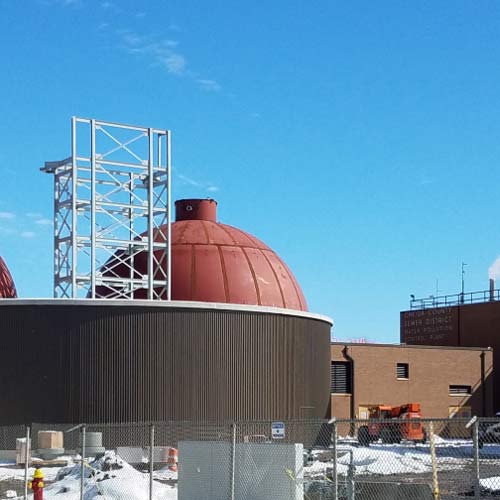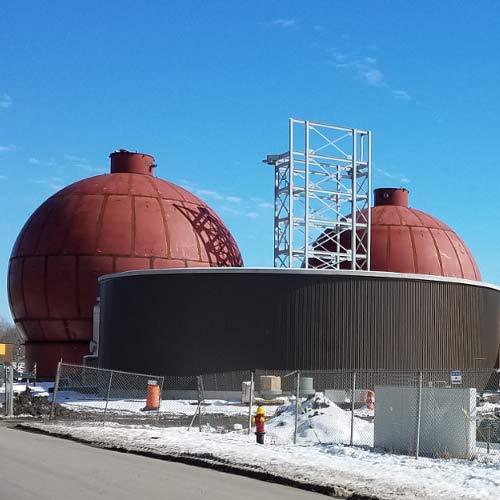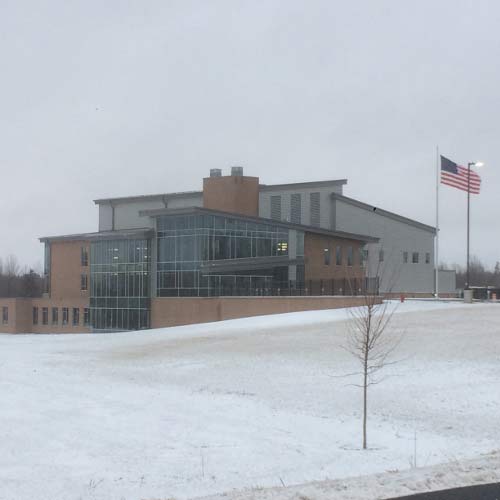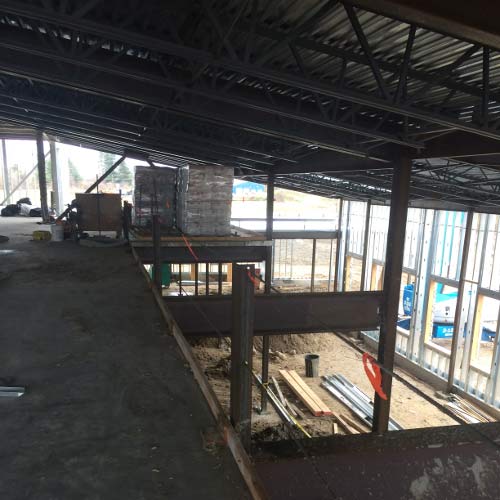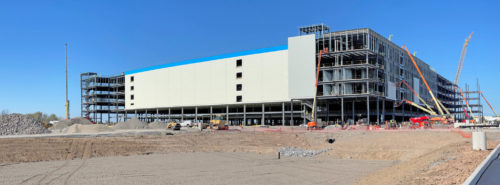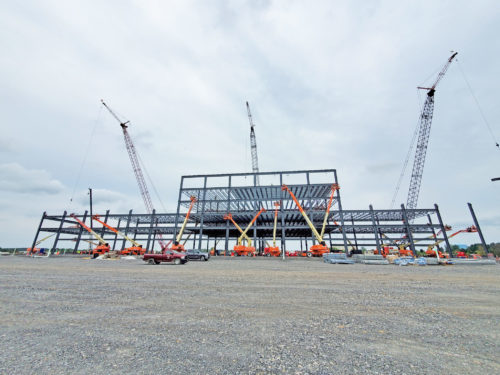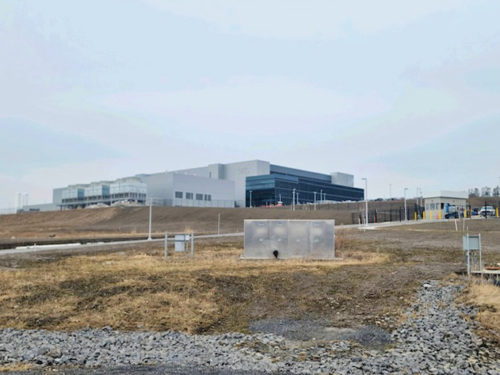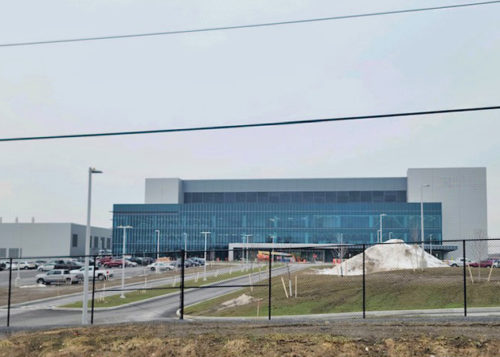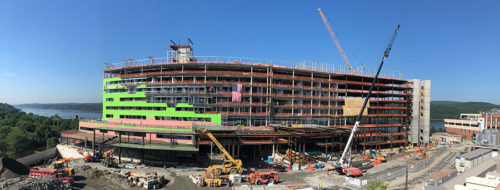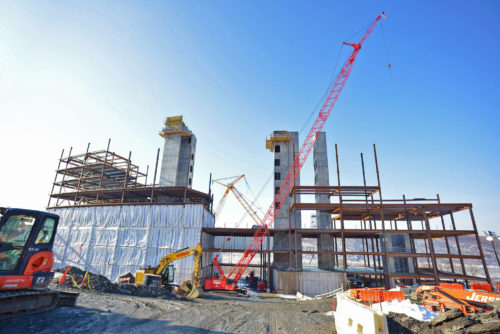Click the following link to view the PDF of this paper: Vibration Monitoring & Building Condition Surveys for Construction

Steven N. Moore, PE
Senior Engineer
Atlantic Testing Laboratories
Construction activities can produce vibrations that are often felt hundreds of feet away from the site. The source of the vibrations could be from pile installation for foundations, demolition activities, vibratory soil or asphalt compaction, or other construction activities. Our senses of touch, sight, and hearing can all be used simultaneously to feel, see, and hear the activities, making most humans excellent vibration receptors. Due to our sensitivities to vibrations, people often get nervous about the effects of the vibrations on their house or other nearby structures.
Construction vibrations and associated ground vibrations are typically described and evaluated by particle motion within the soil or structure. The motion of particles can be described in terms of velocity (how fast the particle is moving), acceleration (how fast the particle is changing speed), and displacement (how far the particle moves). To better visualize particle motion, think of how a “wave” moves through a crowd of people within a stadium. A person in the stadium stands up and sits down, then the person next to them stands up and sits down, then the next person, and the “wave” continues to propagate throughout the stadium. In this scenario, the particle motion is that of the individual within the stadium.
When monitoring construction vibrations, particle velocity, measured in inches per second (ips) is most commonly used to evaluate vibration intensity. Specialized seismographs record particle velocities in 3 planes: transverse (side to side), longitudinal (back and forth), and vertical (up and down). During recording operations, the data is collected and the peak particle velocity (PPV) is determined for each recording event (as displayed in Figure 1 below).
Project specifications often have requirements to monitor construction vibrations during certain construction activities, to prevent damage to adjacent or nearby structures such as houses, or utilities conveying gas, water, or sewage. Historic structures are often identified as these can be more susceptible to damage from vibrations. The seismographs are typically installed at or near a structure to evaluate the ground vibrations at the location. Alternatively, perimeter seismographs can be installed to evaluate the vibrations leaving the project site.
There are numerous standards and recommended threshold values for vibrations. The threshold will depend on the source of the vibrations, the vibration receptor (person, building, utility, etc.), and the distance between the two.
Project specifications that include New York State Department of Transportation (NYSDOT) 634.99010017, reference vibration thresholds and require notifications when vibration levels reach a percentage of the threshold value. NYSDOT specification 634.99010017 also requires a Building Condition Survey prior to starting any construction activities causing vibration. The Building Condition Survey, often performed by a licensed Professional Engineer, provides documentation of the existing conditions of the surveyed structure for project record purposes. At the completion of the project, the Building Condition Survey is often repeated, and compares pre-construction conditions with post-construction conditions.
ATL, a WBE certified company, has specialized seismographs and qualified personnel to perform vibration monitoring, as well as licensed Professional Engineers experienced in performing building condition surveys.
For more information, contact Steve Moore, PE at 518-383-9144, info@atlantictesting.com, or visit www.AtlanticTesting.com.
|
ASSOCIATED SERVICES |
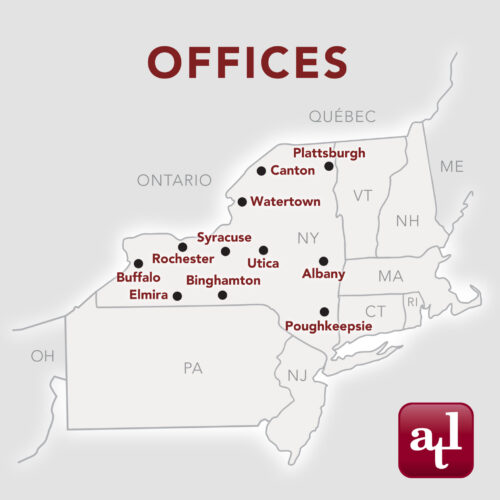 |

